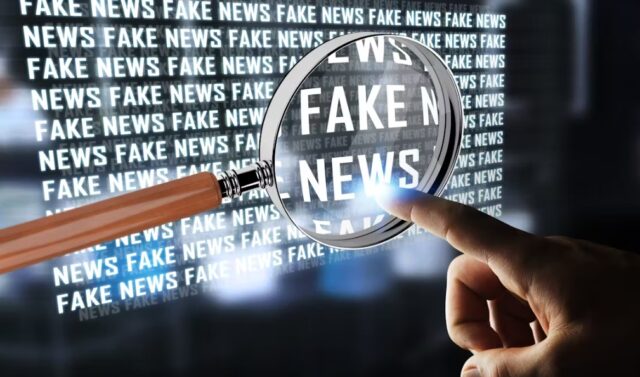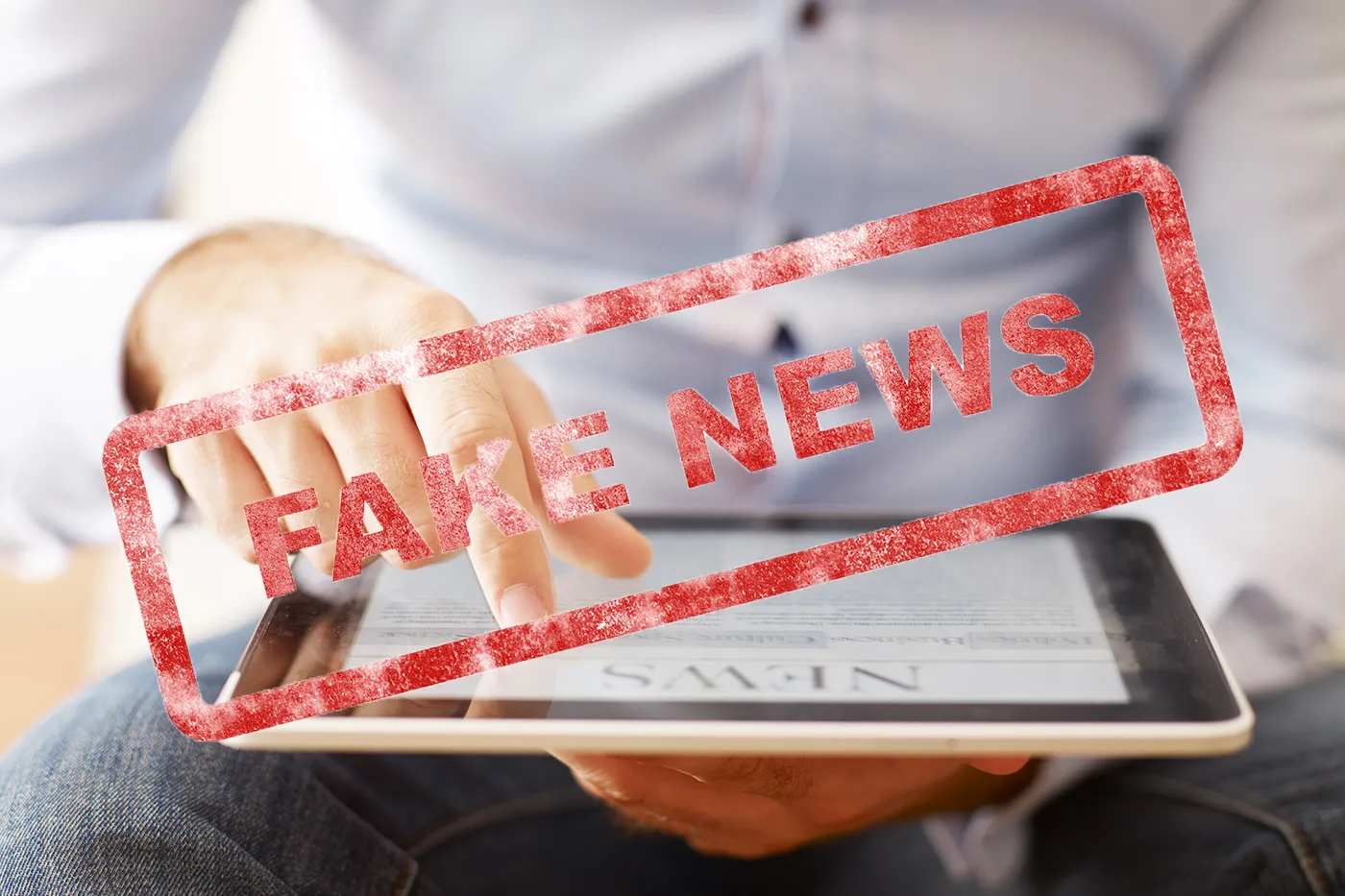
In today’s world, we have more information at our fingertips than ever before. With just a few clicks, we can access news from around the globe, read expert opinions, and get the latest updates on any topic.
However, this abundance of information also means that misinformation is easier to spread. Sensational headlines and misleading stories can quickly go viral, making it challenging to separate fact from fiction.
This article will guide you through developing a critical eye for news sources, helping you navigate the information landscape and avoid falling for fake news.
Why Does Fake News Spread?

Fake news isn’t just a modern problem; misinformation has been around for centuries. However, with platforms like The Bi-College News and social media, the reach and speed of misinformation have been dramatically amplified. But why does fake news spread so easily?
One reason is that sensational stories often trigger strong emotions, like fear or anger, making people more likely to share them without verifying their accuracy.
Additionally, confirmation bias plays a significant role. People tend to favor information that confirms their existing beliefs, which can lead to sharing fake news that aligns with their views.
Another factor is the financial incentive behind fake news. Websites that create sensational, click-worthy content can generate revenue through ads, encouraging the production of misleading or outright false stories. The spread of fake news can also be driven by malicious intent, such as influencing public opinion or discrediting individuals and organizations.
Identifying Reliable News Sources
To develop a critical eye for news, it’s crucial to identify reliable sources. Trustworthy news organizations adhere to journalistic standards, such as fact-checking, sourcing information, and correcting errors. When assessing a news source, consider its history, reputation, and the transparency of its editorial process. Reputable news outlets often have a team of experienced journalists and editors who ensure accuracy and fairness.
Check for clear attribution of information. Reliable news stories typically cite their sources, whether it’s interviews, official statements, or documents. If an article lacks attribution or relies heavily on anonymous sources, it may be less trustworthy. Additionally, consider the tone and language used. Sensational language or exaggerated claims often indicate bias or a lack of objectivity.
Evaluating the Quality of News Content

Beyond the source, the quality of the content itself is a key indicator of reliability. High-quality journalism presents information in a balanced and nuanced way, avoiding overly simplistic explanations. Look for articles that provide context, explore multiple perspectives, and distinguish between fact and opinion.
Pay attention to the depth of reporting. Well-researched stories often include background information, data, and expert analysis. If an article seems superficial or lacks detail, it may not be trustworthy. Furthermore, consider the date of publication. News can become outdated quickly, so check for the most recent information on a topic.
Fact-Checking and Cross-Referencing
One of the most effective ways to avoid falling for fake news is to fact-check and cross-reference information. Before accepting a story as true, verify its claims with multiple reliable sources. Fact-checking websites, such as Snopes and FactCheck.org, can help confirm or debunk questionable information. Additionally, official websites, academic studies, and reputable news outlets are good resources for verification.
When cross-referencing, pay attention to consistency. If multiple credible sources report the same facts, it’s more likely to be accurate. However, if there are discrepancies or if only less reputable sources report a story, approach it with caution.
The Role of Critical Thinking
Critical thinking is essential in evaluating news and information. It involves questioning assumptions, considering alternative explanations, and assessing the evidence. When encountering a news story, ask yourself: Who wrote it? What is the purpose of the article? What evidence is provided, and is it credible? Are there any biases or potential conflicts of interest?
Critical thinking also involves recognizing logical fallacies and rhetorical tactics that can mislead. For example, ad hominem attacks, where the focus is on discrediting an individual rather than addressing their arguments, are a red flag. Similarly, appeals to emotion, where the story tries to manipulate your feelings, can indicate a lack of substance.
Recognizing Bias and Perspective

All news outlets have some degree of bias, whether intentional or not. Bias can influence how stories are framed, which facts are highlighted, and what language is used. Being aware of bias doesn’t mean dismissing a source altogether but understanding its perspective and adjusting your interpretation accordingly.
Consider the ownership and funding of a news organization, as these can impact its editorial stance. For instance, government-funded media may have different priorities compared to privately-owned outlets.
Additionally, recognize your biases and how they may affect your interpretation of news. Being open to different viewpoints and seeking diverse sources can help you gain a more balanced understanding of issues.
Practical Tips for Media Literacy
Developing media literacy involves building skills to critically analyze and evaluate media content. Here are some practical tips:
- Diversify your news sources ─ Relying on a single source can limit your perspective. Explore a range of reputable sources, including international news outlets, to get a broader view of events.
- Question viral content ─ Just because a story is widely shared doesn’t mean it’s true. Be especially skeptical of sensational headlines and take the time to verify the information.
- Learn to spot clickbait ─ Clickbait articles often use exaggerated headlines to attract clicks. These stories may not provide accurate information and are usually designed to generate ad revenue.
- Understand the difference between news and opinion ─ News articles report facts, while opinion pieces provide commentary and analysis. Knowing the distinction can help you better evaluate the content.
- Use fact-checking tools ─ Make use of online fact-checking resources to verify claims. These tools can quickly clarify whether a story is accurate.
In Summary
Being informed doesn’t just mean consuming information; it means critically engaging with it. In an age where misinformation is rampant, developing a critical eye for news sources is more important than ever.
By understanding why fake news spreads, identifying reliable sources, and honing your critical thinking skills, you can navigate the information landscape with confidence.









